10 Little-Known Facts About Volcanoes
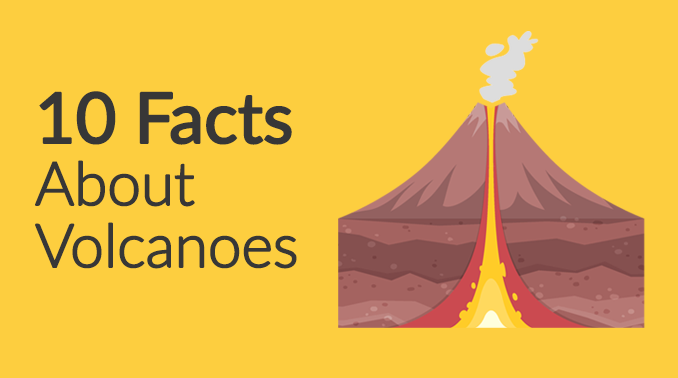
Facts About Volcanoes
When I was a kid, I used to play a game where everything was lava…Except for the couch.
And if you were stuck on the floor, then you’d get burned by lava.
But little did I know: The lava I was referring to came from a volcano, which is a real risk in life.
So even when you were a kid, you knew the stuff that came out of volcanoes can be pretty deadly.
Today, we’re going to look at little-known facts about volcanoes. Enjoy.
1. Ash from volcanoes can spark lightning
Lightning commonly occurs in sync with volcanic eruptions. The intense electrical activity associated with volcanic eruptions can trigger lightning strikes, creating a spectacular and potentially hazardous phenomenon. But how come?
As the ash from a volcano rises, it builds static electricity the same way clouds do. It interacts with the weather system which allows lightning to strike.
2. The Ring of Fire contains 75% of volcanoes
The Pacific Ring of Fire is a string of volcanoes where the Pacific Ocean seafloor is subducting under the continents. It brings water causing volcanic eruptions from stratovolcanoes.
75% of the world’s volcanoes are in the Ring of Fire. This includes the deadliest volcanoes in the United States, Japan, and the Philippines. Indonesia is the most volcanically active country on the Ring of Fire.
3. Lava from volcanoes build new land
Volcanoes are areas inside the planet that make their way to the surface. They create new land like in Hawaii. They are not only creators of land but also powerful forces of geological change, shaping the Earth’s surface over millions of years.
Continents would be smaller if it wasn’t for volcanoes. The majority of Earth’s surface is volcanic rock. All ocean seafloor is created by basalt coming out at mid-ocean ridges.
4. Mauna Loa is taller than Mount Everest
It’s a little-known fact that the Mauna Loa volcano in Hawaii is taller than Mount Everest. This is because most of the Mauna Loa is below the ocean surface.
From sea level base to its summit, it’s 9,170 meters in height. That’s 300+ meters higher than Mount Everest. Mauna Loa has also been very active erupting 33 times since 1832.
5. Volcanoes released water vapor for us to drink
Volcanoes created much of the water we drink and the air we breathe. Degassing is the process that water existed inside the rocks that made up the Earth itself.
Because Earth’s interior contains minerals with hydrogen and oxygen, volcanoes continually degas releasing H2O as water vapor.
6. Olympus Mons is the largest volcano in the solar system
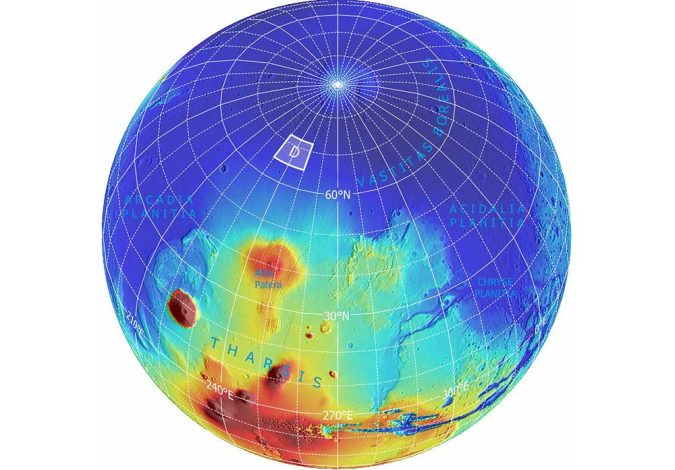
On Mars, the largest volcano is Olympus Mons. But not only on planet Mars, but it’s also the largest in the whole solar system. Olympus Mons formed billions of years ago.
Mars didn’t have plate tectonics. And it didn’t have surface geology like Earth. But it did have a period of active degassing where huge amounts of gases like water and carbon dioxide were ejected out from the interior of Mars.
7. The mysterious case of Paricutin
A cinder cone volcano “Paricutin” appeared out of nowhere in a cornfield in Mexico. It baffled scientists and became a popular tourist destination for volcanologists to study.
During 9 years of volcanic activity, it left a 420-meter tall cone without erupting ever again. It’s now become one of the 7 natural wonders of the world.
8. Kilauea in Hawaii poses the highest threat in the United States
The United States has a large geographic footprint of volcanoes with >10% of active volcanoes. The extensive presence of active volcanoes in the United States highlights the dynamic geological processes shaping the country’s landscapes.
According to the USGS National Volcanic Threat Assessment, Kilauea in Hawaii poses the highest threat in the United States because developed areas still exist on the flanks. Next on the list are Mount St. Helens and Rainier as the most deadly.
9. Mudflows (Lahars) are deadly hazards at volcanoes
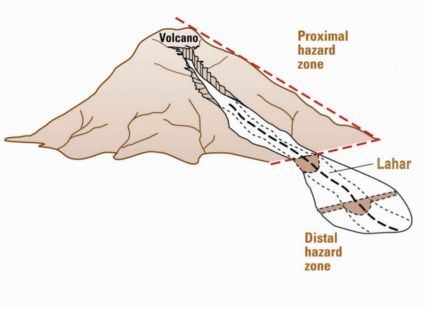
Lahars are deadly mudflows resulting from volcanoes. They are capable of sweeping people to death and tearing down infrastructure. According to USGS, lahars caused the deaths of more than 44,000 worldwide between 1600-2010.
Lahars are among the most serious ground-based hazards at volcanoes. The destructive power of lahars underscores the importance of early warning systems and preparedness measures in volcanic regions to mitigate their devastating impact on communities.
10. Temperatures can reach up to 1200+°C at volcanoes
When volcanoes erupt, lava, pyroclastics, and volcanic smog (VOG) are among the most dangerous:
- Lava is molten hot rock. Temperatures reach up to 1200+°C.
- Then, pyroclastics are deadly because they’re fast, hot, and poisonous. This type of flow can travel at speeds up to 700 mph.
- Finally, VOG is a form of air pollution mixing sulfur dioxide and other particles from volcanic eruptions.
11. Yellowstone’s super-eruption
The largest eruption from Yellowstone occurred 2.1 million years ago, depositing the Huckleberry ash bed. Yellowstone flung 2,200 km3 of material from Wyoming to Idaho. Since then, super-eruptions also occurred 640,000 and 1.3 million years ago.
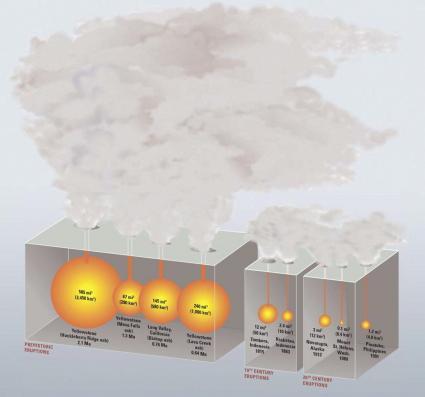
These colossal super-eruptions from Yellowstone serve as a stark reminder of the immense volcanic forces that shape our planet’s landscape and the need for ongoing monitoring and research to better understand their behavior.
Little-Known Facts About Volcanoes
While volcanoes often capture our attention with their spectacular eruptions and fiery displays, they are also shrouded in mystery and intrigue.
These 10 little-known facts about volcanoes have peeled back some of the layers of their complexity, revealing the vital role they play in shaping our planet’s geology, climate, and even the origins of life itself.
Now, it’s time to go back to you. What did we miss for volcano facts? Please let us know with a comment below.


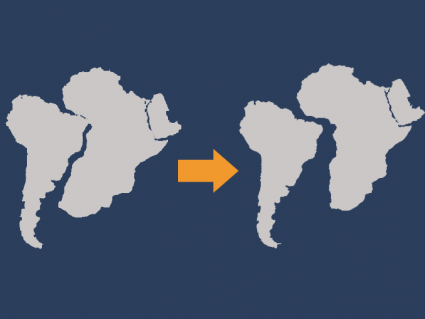
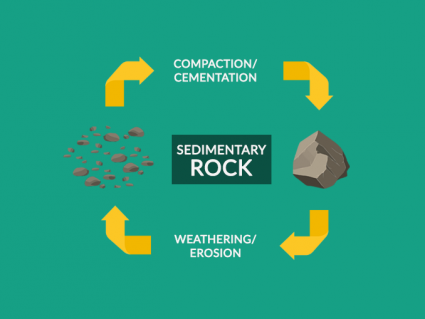
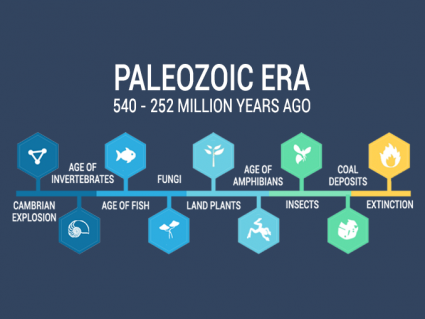
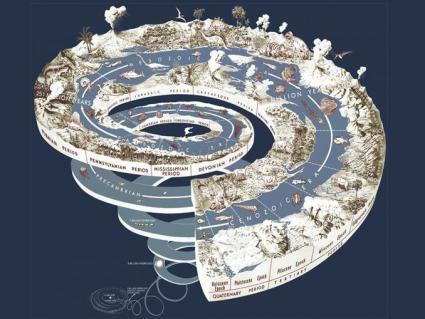
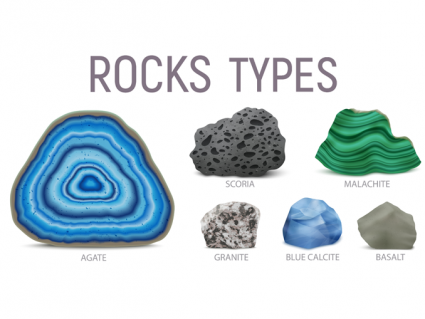
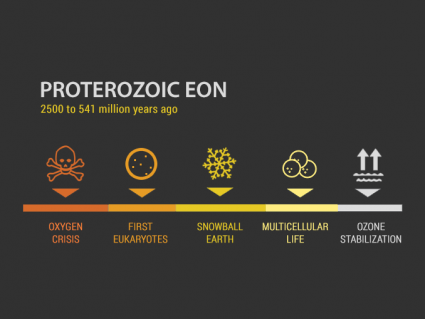
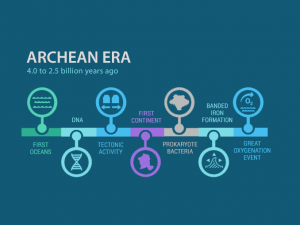
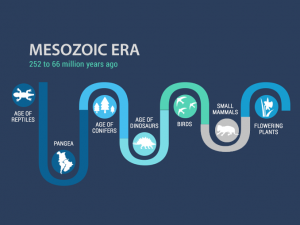
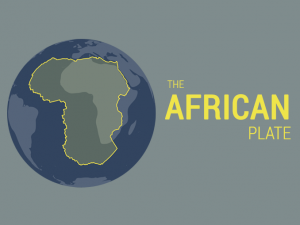
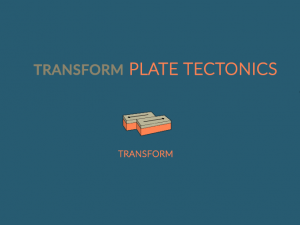

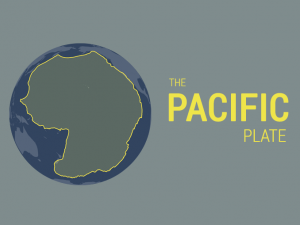
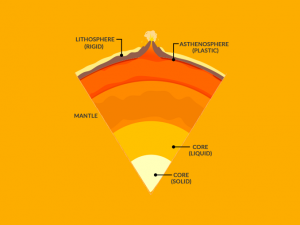
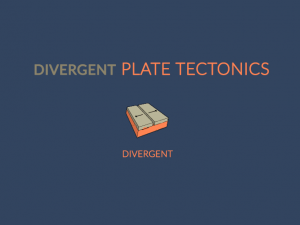
so nice figured out so much im him with volcanos now.
School work. Helped a lot, thanks!
This was school work + helped me so much! Thank you
Didn’t mention the things I needed, but it was quite interesting…
This was so helpful! Thank you so much!
Where is the eruption of Pompeii? Come on![Though, come to think of it, this was helpful.]
this is really helpful for me to find key facts about volcanoes
Really helped with homework
This was good for my project thanks a lot for the help.
Very useful thank you.
Honestly. Good good🌋
This website is so good thanks for the facts
This was so helpful for my essay please introduce this to APS schools I’m in 5th grade. It will help everybody, please.
So dangerous and amazing
So cooooool I’m in school so this is useful
Sigma
Thanks for all the information. It really helped me with my geography essay
This was helpful
thank you so much
Very good
Really cool! thanks
This makes so much sense
This was great! Really helpful. 😀
Thanks
This helped so much!
This is helpful
Thank you, im going to introduce physical geography to my students in my mother tongue so it’ll be so useful for me.
This helped with my volcano school project
This was amazing now i can do a project about volcanos thank so much😁
I can use this for my project. Thanks a lot
Good
It helped a lot, very detailed. I needed notes for my writing, thanks:)
All I did on this page was read the comment (tbh)
Wow.. Earth is a wonder
Thanks I guess but it needs more
It was nice
Thanks, now I can do this for a project
Haha, maybe I can give it a try in my next article
I wanted 25 facts about volcanoes. Next time can you do that?
Thank you now I can finish my report
This is going to help me with my project! Who’s your name, if you don’t mind? I need it for the resource page
Yes
Thanks this helped
Really cool thanks a lot
Really cool thanks a lot
Really cool thanks a lot
Wow I did not know the Mauna Loa is taller than Mount Everest!
Thanks a lot for these facts 🙂
Helped me with my volcano project. Thanks so much
Yes, you’re correct. Thank you
It is not Mt. Olympus, it is Olympus Mons.
Look it up
Thanks so much for these facts
Very good and smart facts I did not even know about
I did this midnight to finish a 20-page assignment due the next day. This saved me from my strict science teacher
I loooooveee these facts 😉
tysm so helpful
It was amazing info
We need this for battle of the brains
Thanks. I needed this for a project
This is extra sigma
This is so sigma!
Thank you. Very helpful
So helpful
Thank you for this, it was so interesting and helpful!
This was amazing. It enhanced my knowledge, moreover, it also helped me to make the volcano project.
These facts helped me to go to the Swaglikeohio beach in Dubai. Thank you!
I love these facts. They are helpful
Thank you!
Thanks! This will help me with a project about volcanoes :-):-D
Thank you this will help me with a project of mine.
This helped with my PSA assignment! Thanks!
Good job!
Thank you for this.
Thanks it really really helped me in my research work.
How much gas and solid particulate does the average volcano put into the atmosphere daily?
Thanks! This helped with my homework 🙂
My teacher used this website. It is really good
Thanks
Thank you, this was helpful for my volcano homework paper! I got lots of information!
This was really helpful for my project! Thank you!
This helped me with my homework thank you very much
Awesome, thanks. You helped with our school work a lot 🙂
So helpful with my Hawaiian volcano project
Love this so helpful